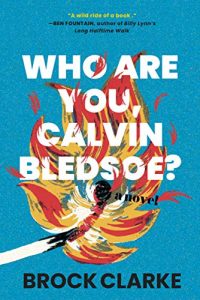
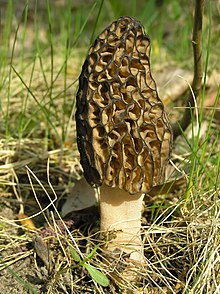
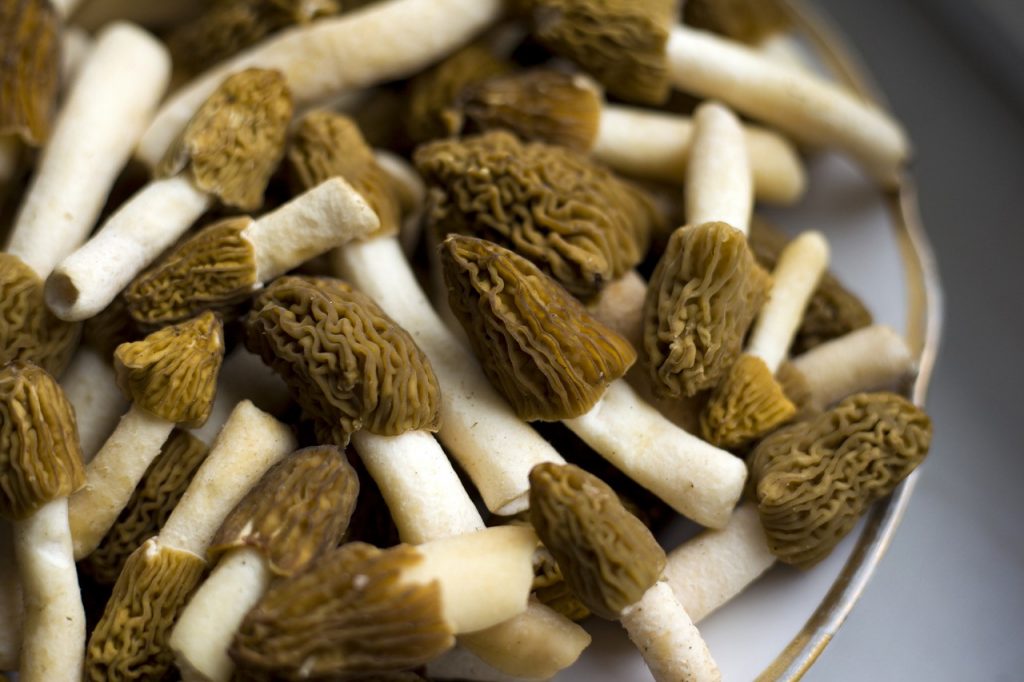
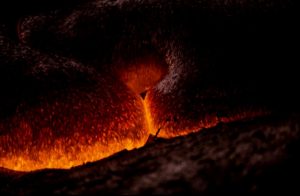
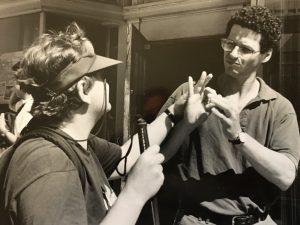
I’m now working on the new issue of The Writer’s W
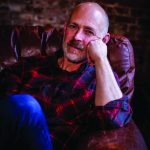
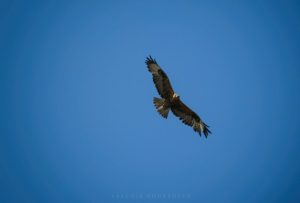
orkshop Review. Stay tuned!
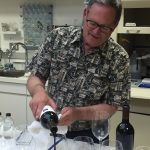
 The Writer's Workshop
The Writer's Workshop





I’m now working on the new issue of The Writer’s W


orkshop Review. Stay tuned!

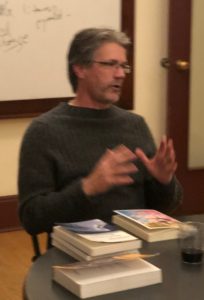
I take great pride in seeing the students in my Seattle writing classes succeed. One of these students, Jeff Smoot, wrote the memoir, Hang Dog Days, which recently earned a runner up for the Banff Mountain Festival Book Award and the Boardman/ Tasker Award, two of the most prestigious prizes in mountaineering literature.
Jeff finished The Writer’s Workshop’s certificate program two years ago and began working on his memoir about sport climbing. Having published some 10 guidebooks, he had a lot of writing chops but needed some help with storytelling.
“I joined Nick O’Connell’s Certificate program in narrative writing as a refresher and to improve my storytelling so I could get a longstanding book project to the point I felt confident in pitching it,” he said at a talk for my Seattle writing class last Wednesday. “With Nick’s help and encouragement, it was accepted. In addition to achieving this goal, the course reignited my passion for writing.”
After writing the book, Jeff had to edit it before the Mountaineers Publishing Company would accept it. “I did my best to cut down the narrative and got it into the hands of a developmental editor who wanted to kill my babies,” he said. “Then it got into the hands of the copy editor and got cut down some more.”
Despite the pain of having some of his stories cut, he believes the process helped the book.
“It’s important to have a good editor,” he said. “You want someone who can debate. Sometimes you win, sometimes you lose, but it made the book so much better. I used to hate editors, but I loved my editor.”
Hang Dog Days chronicles the difficult birth of sport climbing in America. It is rich with the vernacular of the sport, one of the techniques I emphasize in my Seattle writing classes. “Climbing went from being a traditional sport with the adventure of ascent, starting from bottom and going to the top,” he said. “If you went to the top and came down that wasn’t the way it was done. But youth rebelled against the old guard.”
The new technique of rap-bolting, inspecting and fixing a route while on rappel, caused a great deal of controversy in the insular world of climbing. “Some bad things happened,” he said. “I received death threats from some climbers I wrote about. The book is about my growing up climbing in that era and some of the characters I hung out with like Todd Skinner who was pushing the boundaries.” Skinner died in 2006 in a climbing accident. “He’s one of the best storytellers we had and he’s gone so I have to tell the story.”
To read an excerpt from the book, click the link to https://www.thewritersworkshopreview.net/article.cgi?article_id=97.
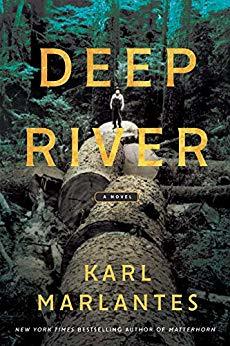 2020 Pacific Northwest Book Awards Shortlist Announced The Pacific Northwest Book Sellers association just announced its 2020 Book Awards Shortlist, selected by a committee of independent booksellers from Washington, Oregon, Idaho, Montana and Alaska, a non-profit trade association that supports independent bookselling, literacy and free speech in Alaska, Idaho, Montana, Oregon and Washington. Each year since 1965, the Pacific Northwest Book Awards have celebrated exceptional books written by Northwest authors. In my Seattle writing classes, online writing classes and travel writing classes, I hope to teach aspiring authors to write books such as these. I also encourage students in my Seattle writing classes, online writing classes and travel writing classes to support organizations like this one who keep independent bookstores in business. From more than 400 nominations, the committee winnowed 12, finalists, crafted by Northwest authors and illustrators and published in 2019. The six winners of the 2020 Pacific Northwest Book Awards in early January. For more contributor and title information, visit PNBA’s 2020 Shortlist page. Shortlist honorees will be profiled on NWBookLovers.org over the next several weeks.
2020 Shortlist: Aloha Rodeo: Three Hawaiian Cowboys, the World’s Greatest Rodeo, The Cassandra: A Novel The Death & Life of Aida Hernandez: A Border Story Deep River: A Novel Exhalation: Stories Fall Back Down When I Die: A Novel Is, Is Not: Poems The Merciful Crow My Heart The Phone Booth in Mr. Hirota’s Garden Queen of the Sea A Wolf Called Wander |
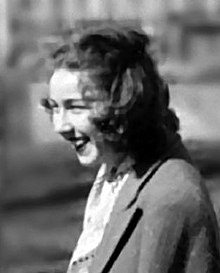
In her essay collection, Mystery and Manners, Flannery O’Connor talks about writing as a habit of art. I discuss this approach in The Writer’s Workshop talk on The Writing Life, on Wednesday, Oct. 2 at 7 p.m. in room 221 at the Good Shepherd Center in Seattle’s Wallingford neighborhood. This approach emphasizes that writing is a craft and a daily discipline as well as an art. It relies as much on regular practice as inspiration. While inspiration plays a large part in any literary breakthrough, the habit of art gives concrete expression to inspiration, making the story or book possible. Here are some of thoughts on how to develop your own habit of art.
WRITING AS A PROCESS – Thinking of writing as a process allows you to complete a story in a series of steps, avoiding the paralysis of perfectionism. Instead, write a draft (a “shitty first draft” in Anne Lamott’s memorable phrase), organize and polish it. By breaking things down into a series of steps you increase the odds of creating something special.
SET A SCHEDULE – Set up a time to write, ideally five days a week for an hour or so a day. If possible, write for more than that. It takes practice to hone and perfect your craft. This comes by repetition. I usually write about three hours a day, five days a week, sometimes more, sometimes a little less. I schedule the time and try to stick to it.
SHORT ASSIGNMENTS – As the Chinese say, the thousand mile journey begins with the first step. Give yourself short assignments every day – a page, a lead, a character sketch. Then perhaps complete a story or novel chapter every week or so. Making steady progress increases your confidence and the fluency of your writing.
I’ll be offering a free class, The Writing Life, on Wednesday, Oct. 2 at 7 p.m. in room 221 at the Good Shepherd Center in Seattle’s Wallingford neighborhood. You’ll have a chance to learn how to get started with your story, hear about our classes and enjoy some delicious Spanish food and drink. Please RSVP.

In my Seattle writing classes, I have experts talk about how to write for magazines, among other topics. Alaska Airlines Magazine associate editor Andrew Waite talked to my summer Seattle writing class about how to write successfully for magazines. He offered excellent advice about working with editors, including making sure to read the publication before pitching.
“If I haven’t worked with the writer before, I like to write out an outline of how I would write it,” he says. “What’s the lead, nut graph, etc. I want this piece to come in as close to being finished as possible. Make sure you’re on the same page up front. If I have the outline I have an idea of what it’s going to look like. It likely won’t need a major rewrite.”
Though the magazine has a number of writers who work for it regularly, it’s always looking for new writers. He says they usually break in with shorter assignments of 300 words or less. “If you do an awesome job on a shorter story, we’ll definitely look at you for another longer story. We’re looking for writers who travel a lot, have good reporting skills, turn in clean, structurally sound copy. We like to take on new writers with fresh voices.”
The magazine considers regular freelancers as part of its staff. Such writers have a sense of what the magazine publishes and how it approaches travel, among other subjects. He suggested looking at the magazine’s editorial calendar to get a sense of what it will cover over the year.
“Pitch three months before the story should come out,” he said. “Pitch what’s unique.”
In putting together an issue, Waite emphasized the care the editors take over the editorial process. “We search for a writer for the ideas,” he said. “Then we get the ideas assigned. When the finished piece comes in, we hope it looks like the original assignment. We usually do a developmental edit for structure, content, and organization. Later, we’ll get into the nitty gritty as well as fact checking.”
He emphasized that breaking into freelance magazine writing is possible, but you have to work hard at it, something I emphasize in my Seattle writing classes. “There’s a lot hustle involved in the freelance game,” he said.
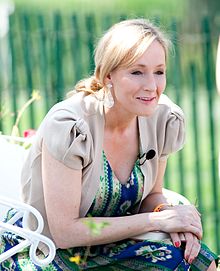
How to Outline a Story or Book
Outlining a story or book allows you to chart the emotional peaks and valleys of the story so that you’ll know where you’re heading when you sit down to write. As I explain in my Seattle writing classes and online writing classes, the five short statements below describe the major actions in the story. There is one statement for each major focus. This is not like the outline you wrote in English composition class; these statements highlight the dramatic actions in story. They help you focus on what’s essential to the story. This is a conflict—resolution outline, with the conflict introduced in the first statement, developed in the next three statements, and resolved in the last statement.
1) Complication – Make it simple and active. Have you chosen active verbs to show action? Is the main character included in the statement? How will you illustrate the main action? Do you have the source material for this? Is the action dramatic enough?
2) Development Action – Clear, cogent, related to complication.
3) Development Action – Clear, cogent related to complication, tied to previous development, tied to main character.
4) Development Action — Clear, cogent related to complication, tied to previous development, tied to main character.
5) Resolution – Must fit the complication.
Writing this outline will save you a lot of time. You’ll be able to figure out in advance where the story is going. You can still change it as you go, but at least you’ll have a clear direction when you write the first draft of your story or book chapter. For more on how to do this, please consider signing up for my Seattle Writing Classes or an online writing classes.

In my Seattle writing classes, I invite experts to talk about their approach to writing and editing. I had the pleasure of having Alaska Airlines Magazine associate editor Andrew Waite talk to my spring Seattle writing class about how to break into freelance writing. He offered excellent advice about approaching magazines, including making sure to read the publication before pitching.
“The best pitches reveal a sense of who we are and what we do,” he said. “We want your piece to slot in easily to the magazine. I’m looking for pitches that meet our needs, show command of writing and have an engaging hook.”
Though the magazine has a number of writers who work for it regularly, it’s always looking for new writers. He says they usually break in with shorter assignments of 300 words or less. “If you do an awesome job on a shorter story, we’ll definitely look at you for another longer story. We’re looking for writers who travel a lot, have good reporting skills, turn in clean, structurally sound copy. We like to take on new writers with fresh voices.”
The magazine considers regular freelancers as part of its staff. Such writers have a sense of what the magazine publishes and how it approaches travel, among other subjects. He suggested looking at the magazine’s editorial calendar to get a sense of what it will cover over the year.
“Pitch three months before the story should come out,” he said. “Pitch what’s unique.”
In putting together an issue, Waite emphasized the care the editors take over the editorial process. “We search for a writer for the ideas,” he said. “Then we get the ideas assigned. When the finished piece comes in, we hope it looks like the original assignment. We usually do a developmental edit for structure, content, and organization. Later, we’ll get into the nitty gritty as well as fact checking.”
He emphasized that breaking into freelance magazine writing is possible, but you have to work hard at it, something I emphasize in my Seattle writing classes. “There’s a lot hustle involved in the freelance game,” he said.
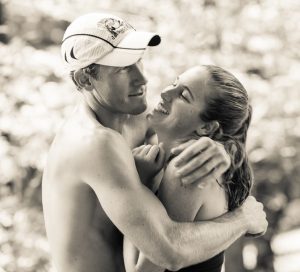
These are some of the photos to be used in the next issue:

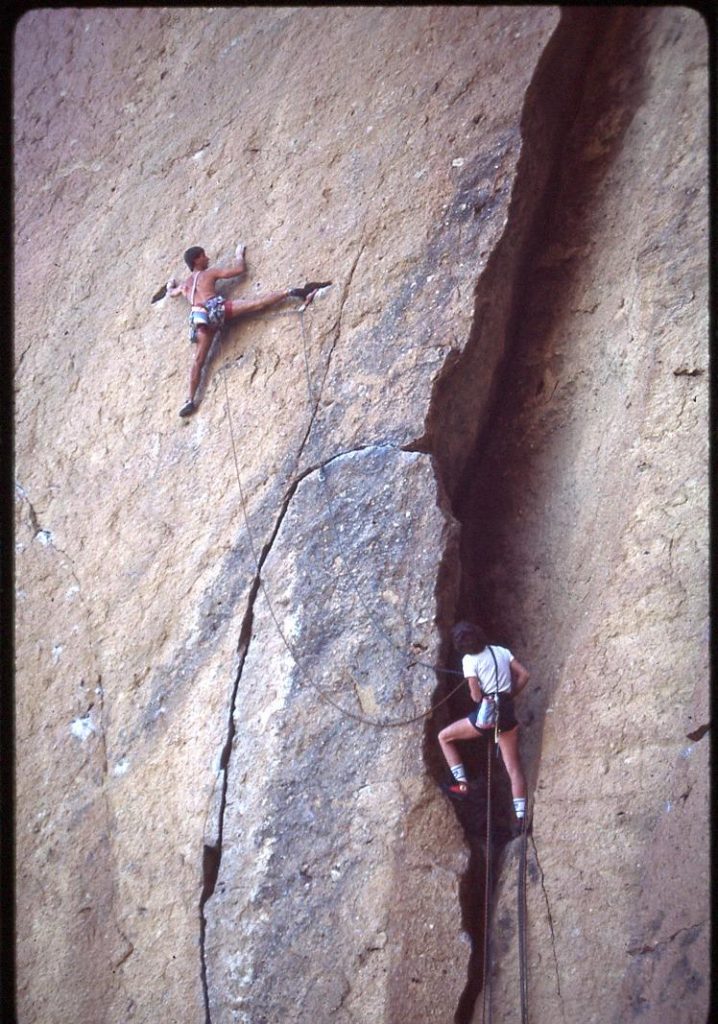
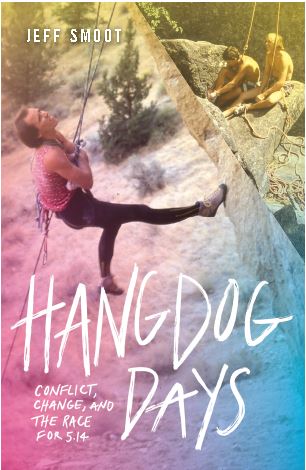
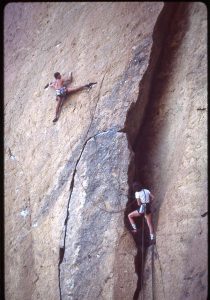
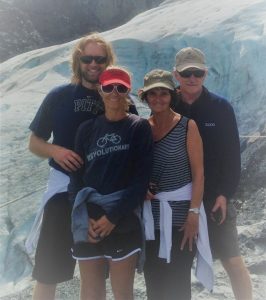
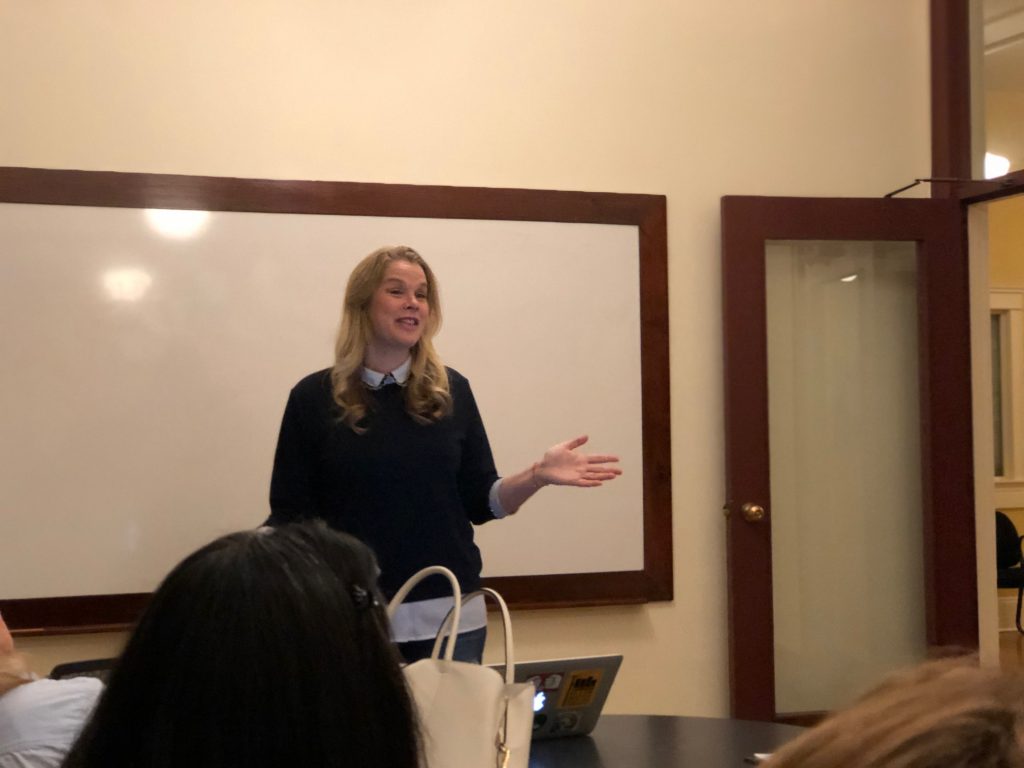
Pitching story ideas to magazines and newspapers is one of the essential skills I teach in my writing classes. Recently I had the pleasure of hosting Paulette Perhach, a Seattle-based freelance writer and author of Welcome to the Writer’s Life, who spoke about her approach to pitching everyone from The New York Times to Salon.
“If you’re in writing, you’re in sales,” she said. “You don’t take no for an answer; you keep the conversation going. I recently sent a letter to Salon and got a really nice rejection letter. I pitched them again and got an assignment.”
She emphasized that networking is key to getting assignments. She watches for editors calling for pitches on Twitter and regularly attends writing conferences such as AWP to meet with editors like those at the Sun.
“Be persistent with a publication,” she said. “I got a handful of assignments from the New York Times, then didn’t get any assignments for two years. I connected with the special sections editor of the New York Times and then got assignments.”
She argues that newspapers and magazines need writers, but writers need to understand the publication and be professional to get steady assignments, an approach I also emphasize in my writing classes for The Writer’s Workshop.
“Editors are you customers,” she said. “Editors need writers to fill their publication, but they want writers who are easy to work with. Read the writers guidelines. Make a list of the requirements for the publication. Be organized. Break up a story into stages: research, interview, and writing. Don’t miss your deadline. Very people do it right, and if you do it, it shows you’re a professional.”
For more on pitching publications and narrative writing, check out her book, Welcome to the Writer’s Life, or consider signing up for my winter class, The Arc of the Story.
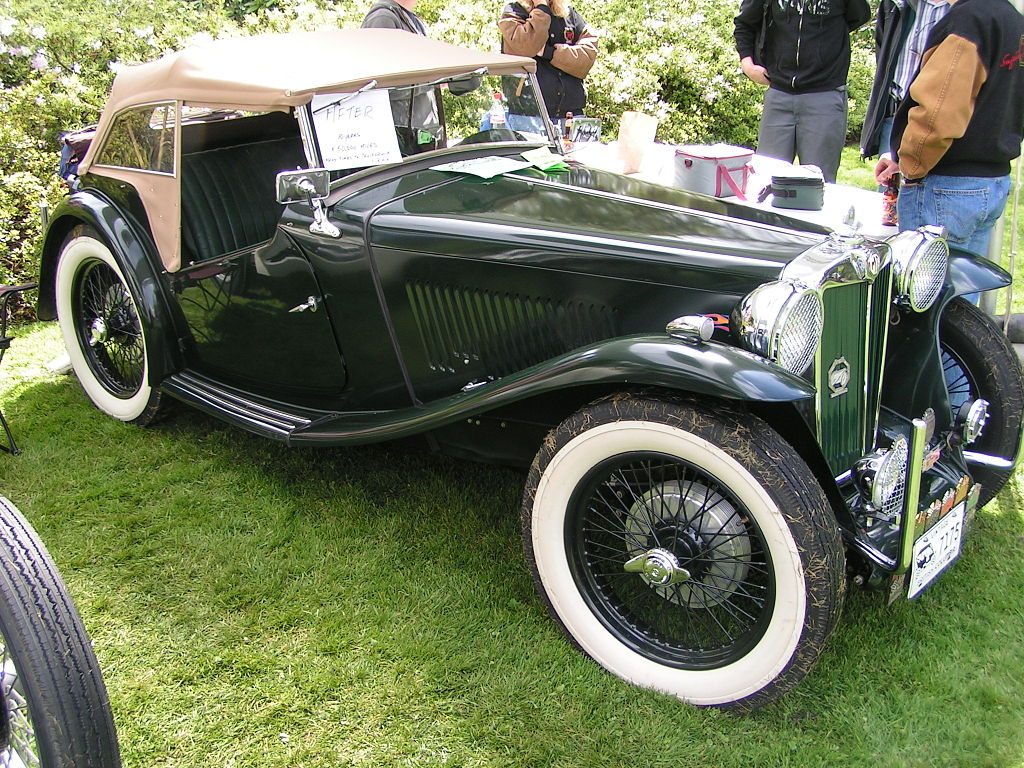
In my Seattle writing classes, I teach how to write a dramatic scene, an especially effective way of organizing stories. In my Seattle writing classes, I explain how to use dramatic scenes to give life and movement to stories, whether fiction on nonfiction. It’s a technique that also helps you as a writer organize the story. You don’t need to go into detail about everything, but rather just the key moments that made the trip memorable.
On a recent trip to England, I used dramatic scene to highlight some of the adventures of the trip. Although travel stories tend to highlight the pleasures of a trip, I also like to write about the challenges and inconveniences. One of the biggest challenges was driving on the LEFT side of the road, with a clutch in my left hand. The whole operation was widely counter intuitive, with lots of honking drivers, speeding motorcyclists and phone-distracted pedestrians thrown into the mix.
As I tell students in my Seattle writing classes, it’s a good idea to always take a notebook with you to record your adventures. I took a reporter’s notebook and filled it with impressions of the trip, especially those involving driving. The hardest part was rewiring my brain to go left, not right, at key moments. This wasn’t so hard on a straightaway, but devilishly difficult on a roundabout. I followed the car in front of me, said a prayer, and plunged through it, occasionally earning a honk or other gesture.
It was a great pleasure to return the rental car to Heathrow airport and have someone else drive into London. Once there, we took the Tube and buses around, very convenient, but not the great material I found through driving on the wrong side of the road.
For more on writing with dramatic scenes, please sign up for my winter Seattle Writing class, The Arc of the Story.












